Guru Padmasambhava in India
(Click here to embark on the journey or read the short introduction below)
“When you recount my life story, you will be filled with inspiration. ༔
When you see my qualities and understanding, deep faith will be born within you. ༔
When that faith becomes unshakeable conviction, then my blessing will enter and transform you. ༔
When your mind is free of all doubts, whatever you wish for can be achieved. ༔”
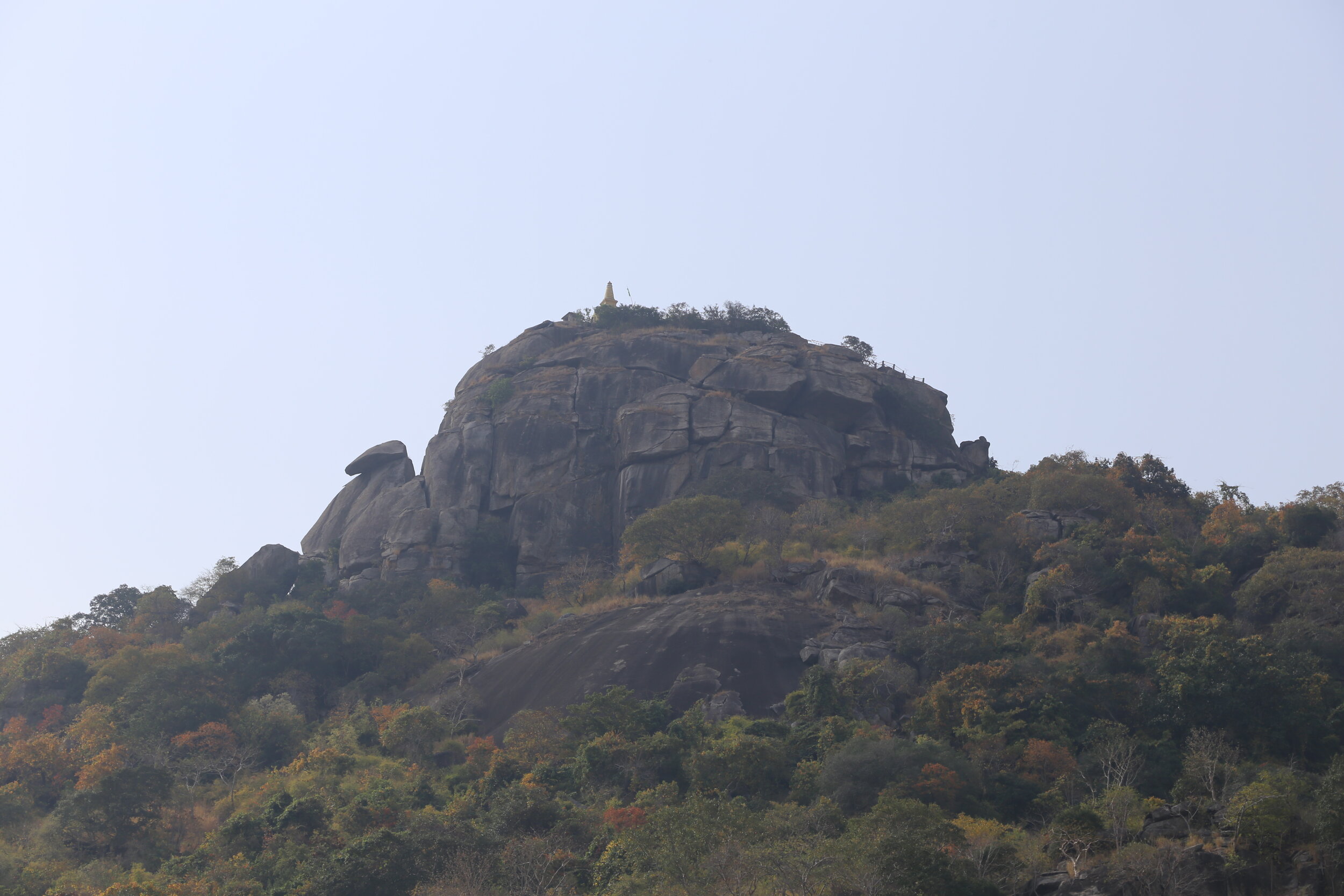
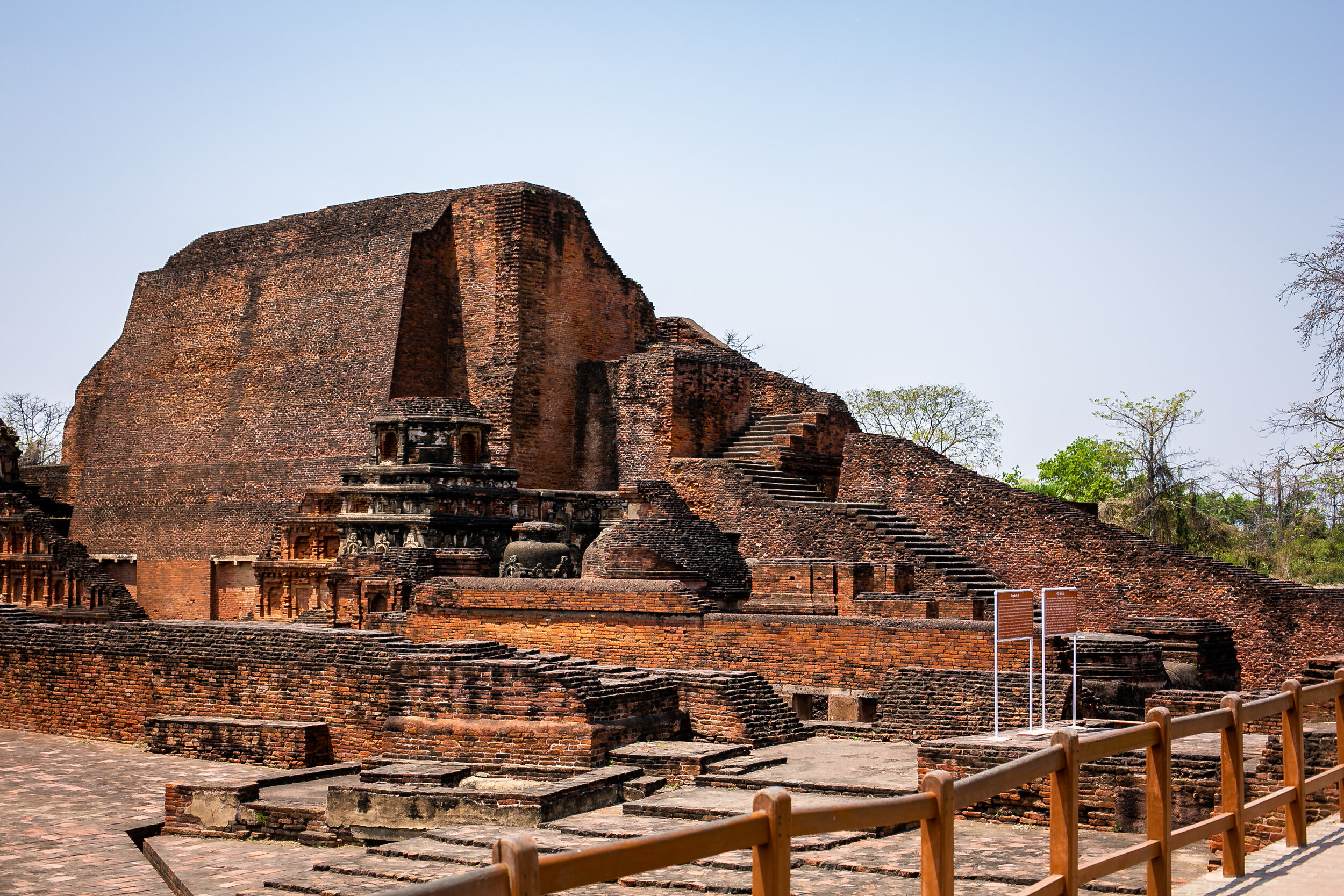
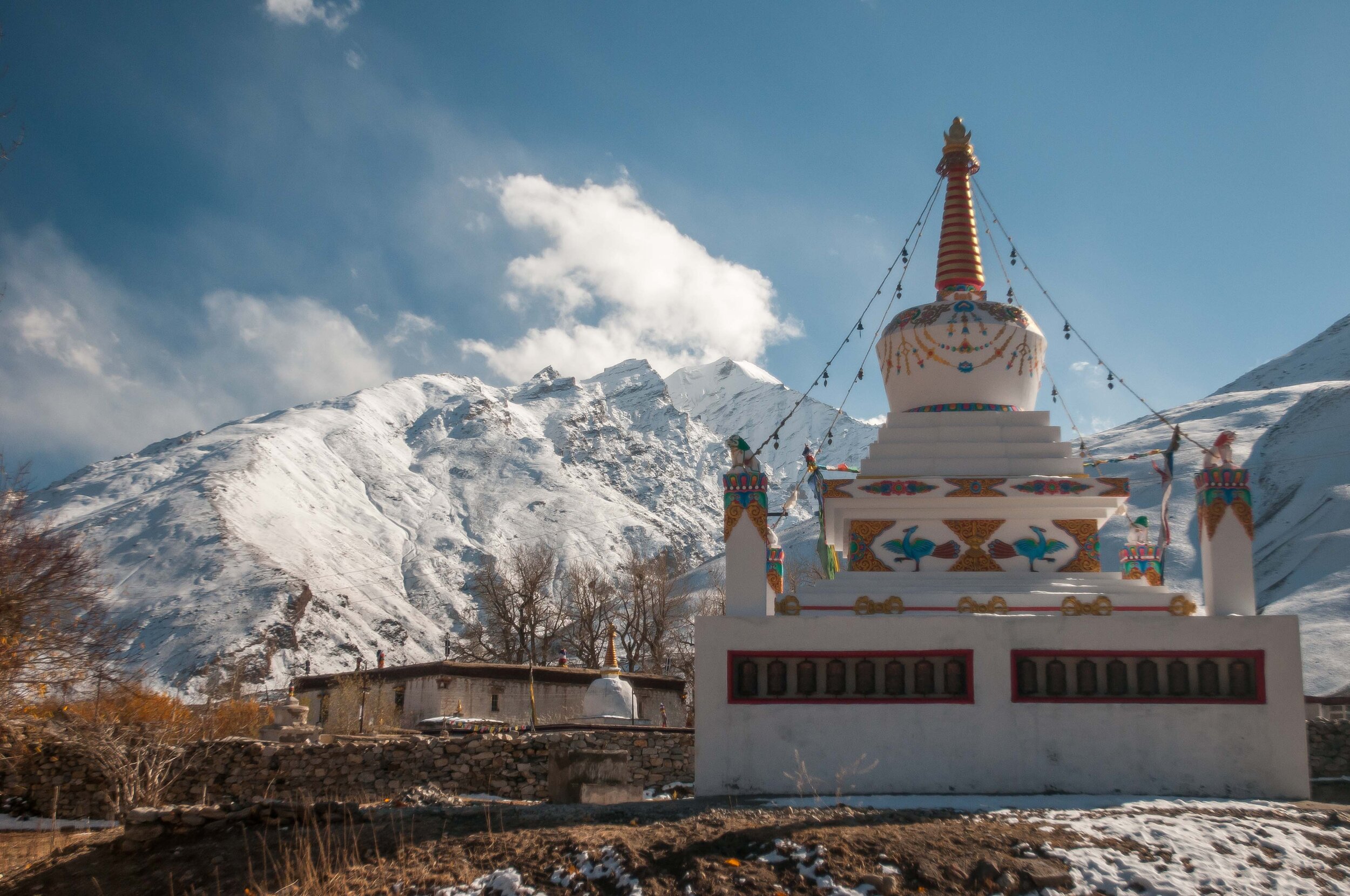
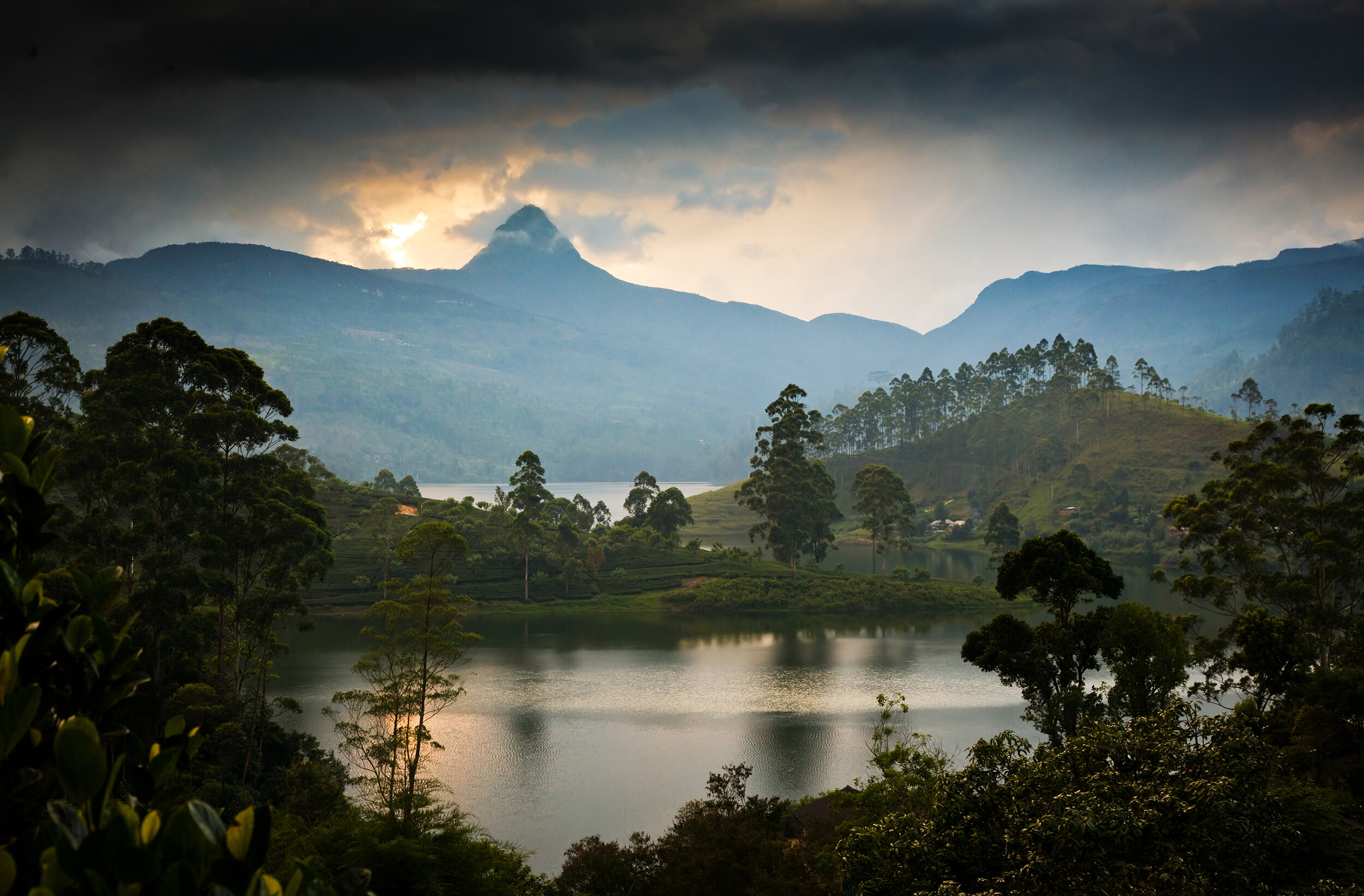
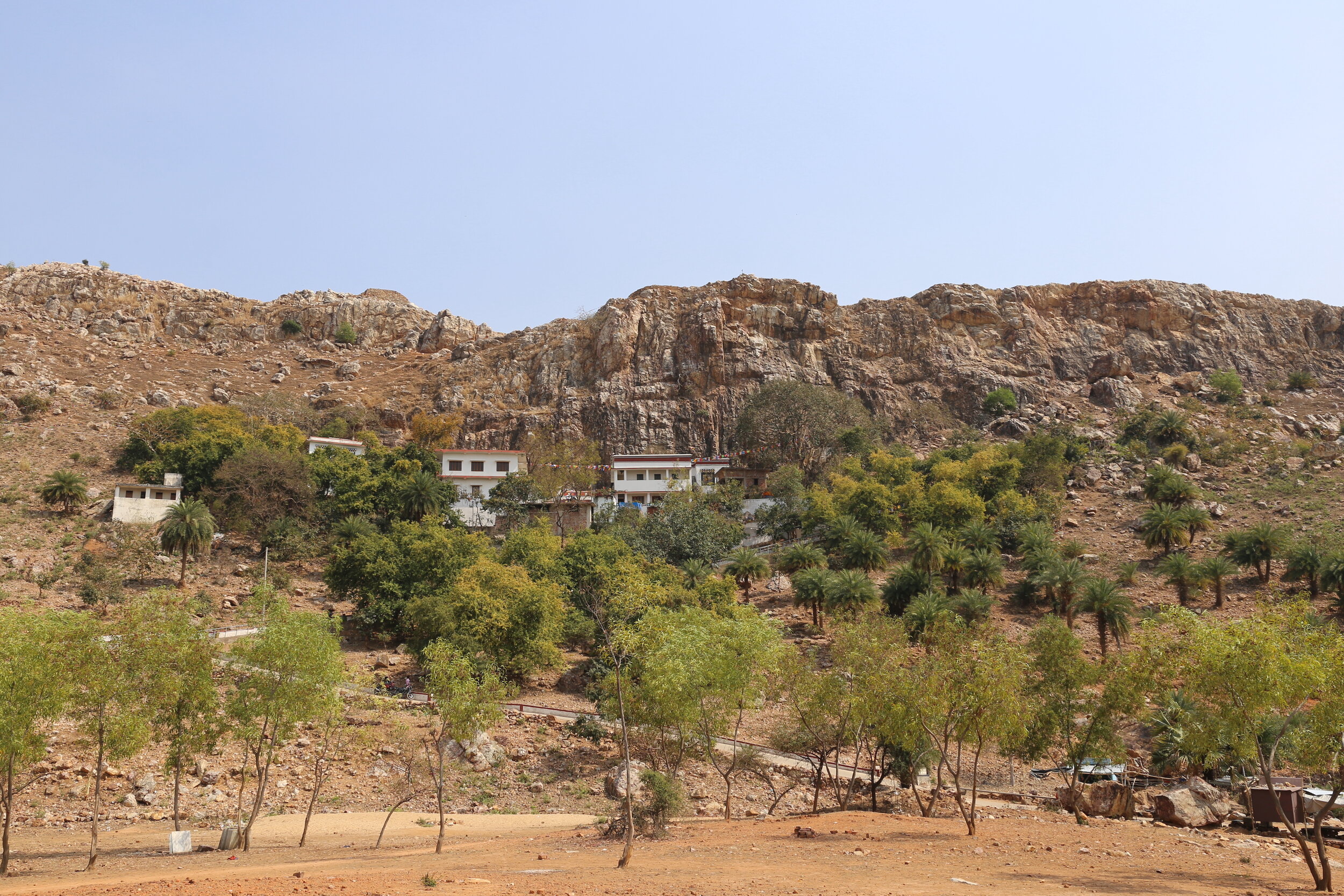
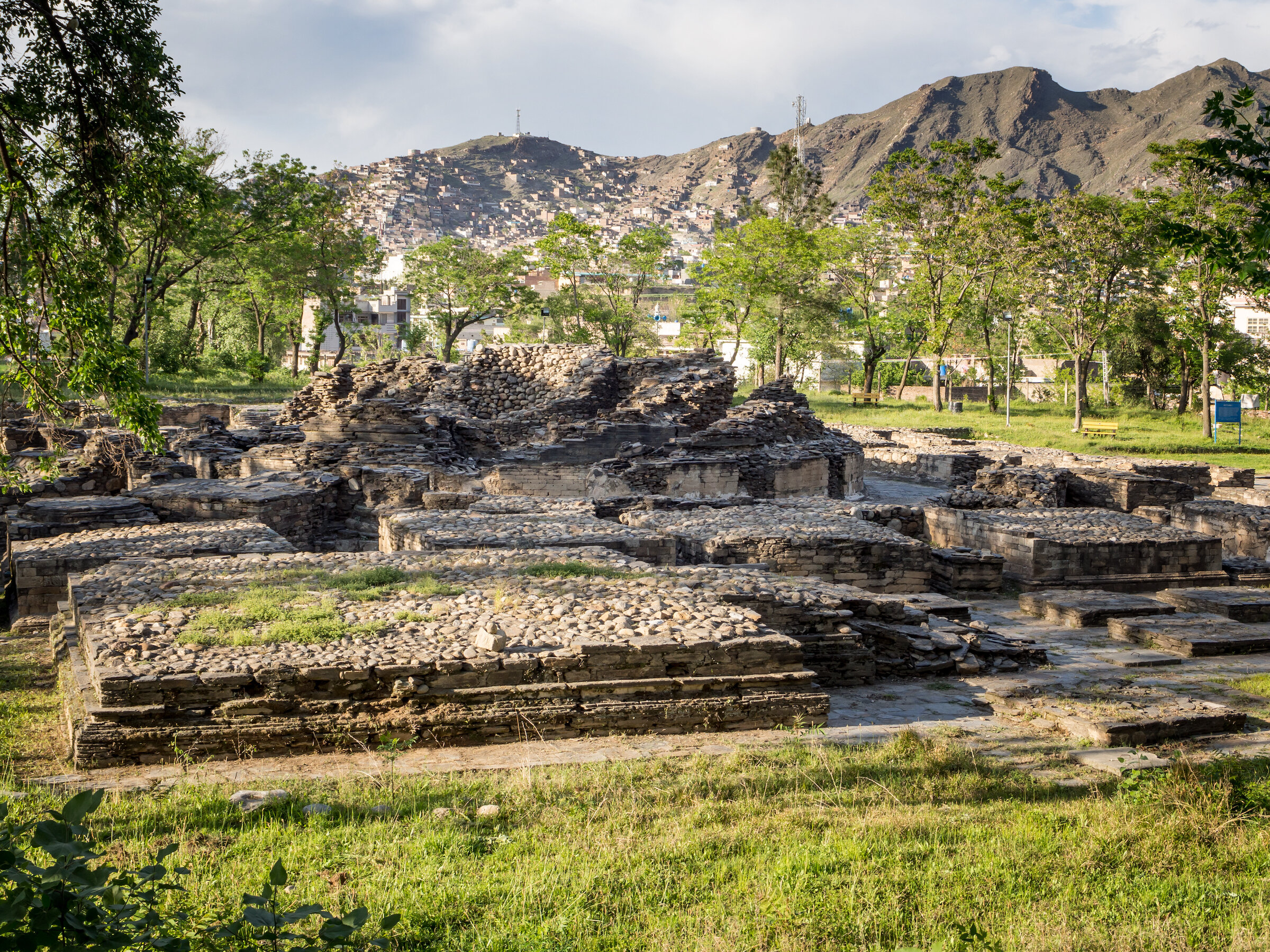
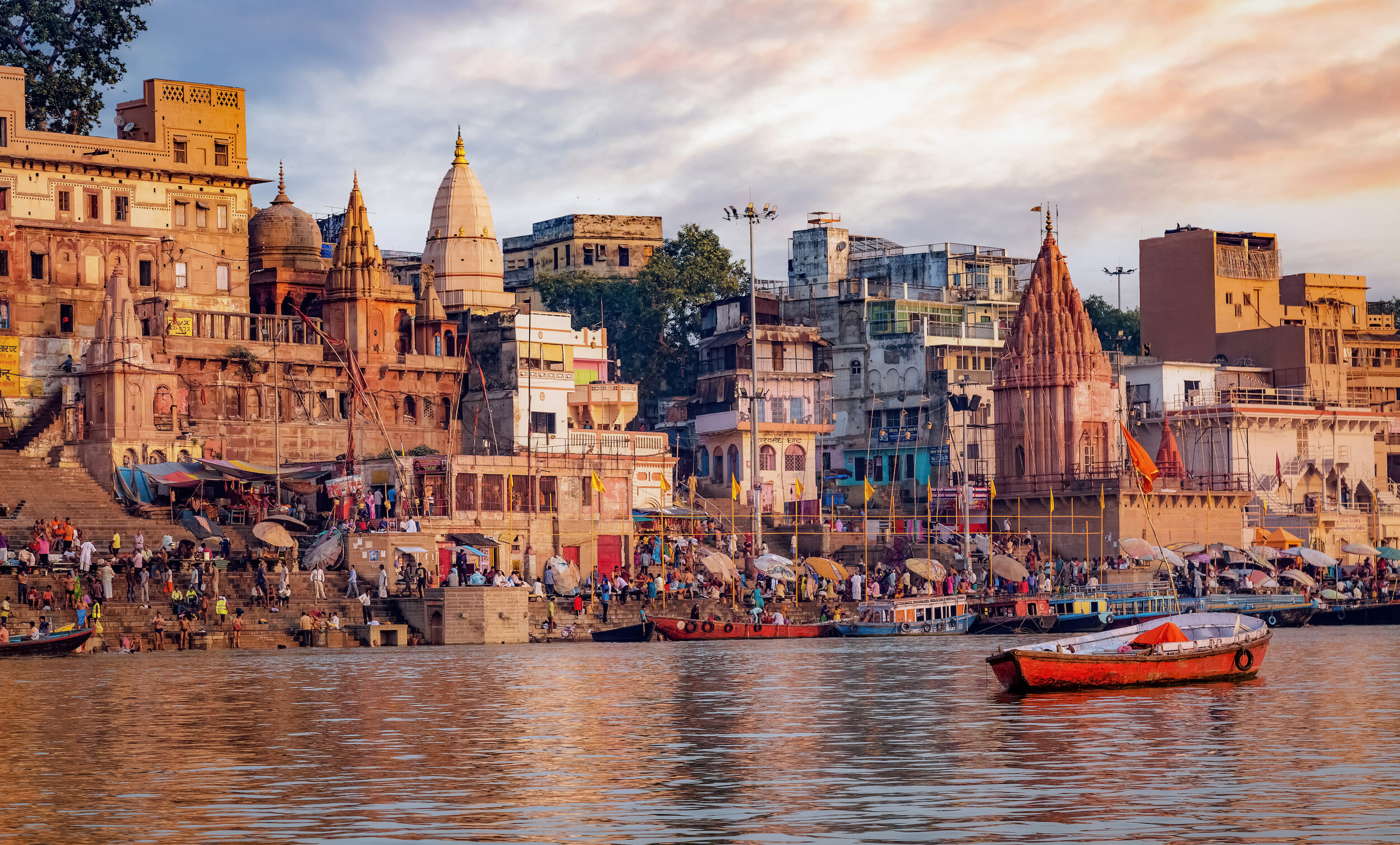
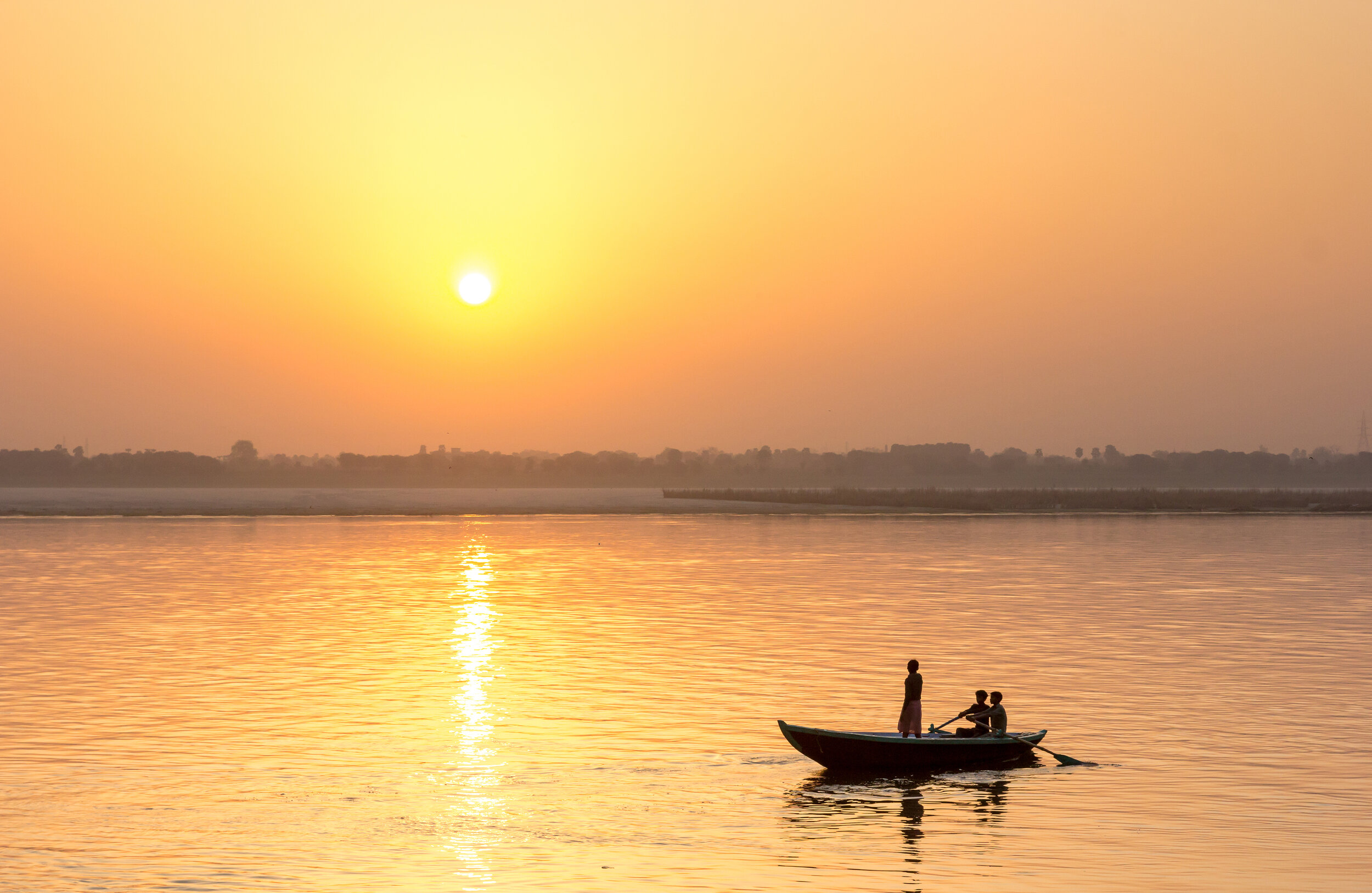
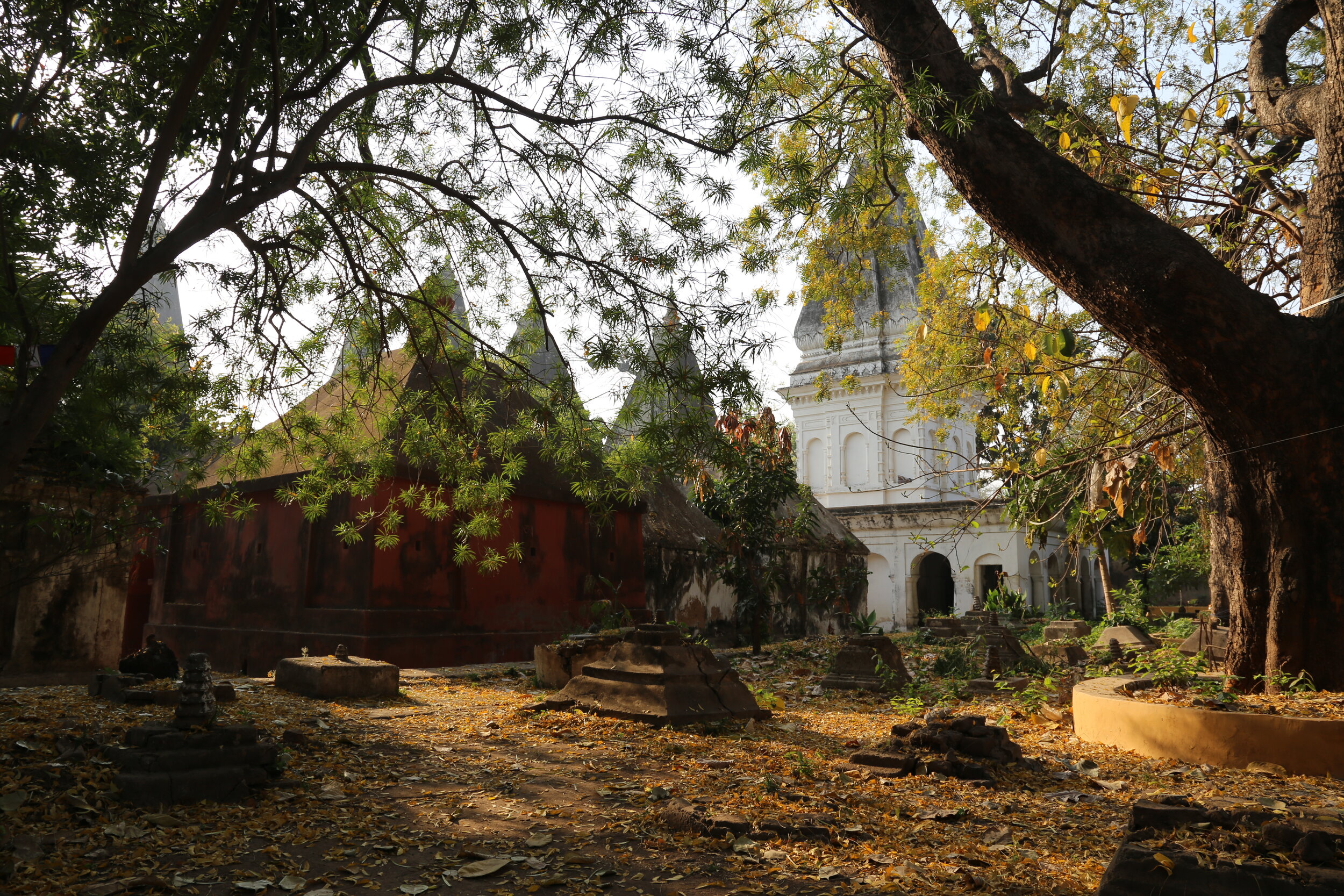
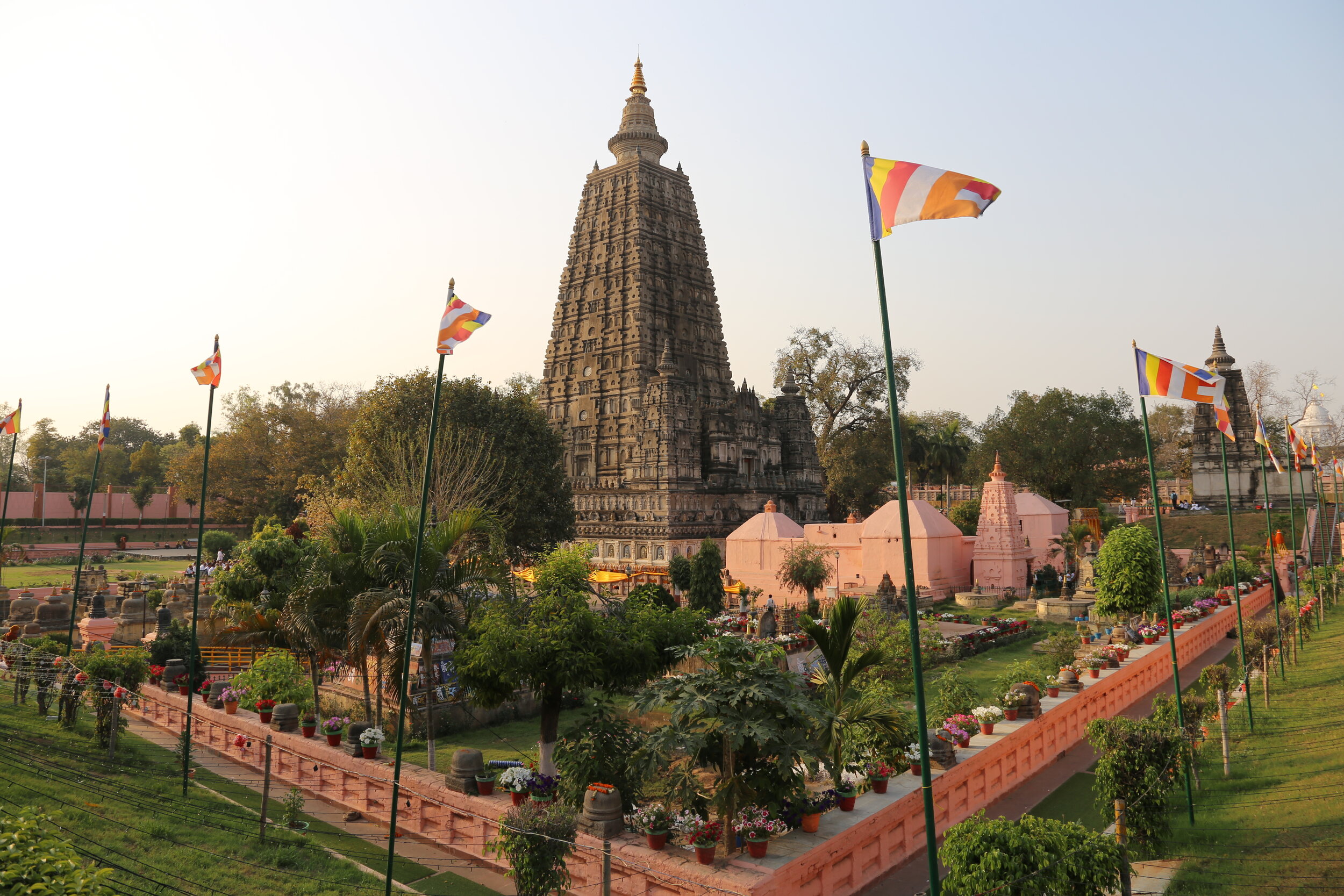
The Mahaguru is deeply connected with all aspects of Indian spirituality, his influence felt in the great people and places he cared for. While the memory of Guru Rinpoché has been kept alive chiefly by devotees in the northern land of Tibet, his activity also coursed through India. Buddhism had been established there by Buddha Shakyamuni, and India’s great masters were already expounding further, even before the arrival of Guru Padmasambhava. And yet, whether it was receiving ordination from Ananda, the Buddha’s close disciple, or receiving the tantra from Prabhahasti at the holy site of Kukkutapada, or influencing Nagarjuna and Aryadeva in southern India, or having a hand in King Ashoka’s conversion, it is clear that the enlightened force that is the Mahaguru had a vital role to play. We learn in his life story that the Dharma’s preservation and spread was inspired and spearheaded by Guru Padmsambhava, but in a variety of forms beyond naming. As such, when we trace Guru Padmsambhava’s roots in India, we find him, not in one individual named Padmsambhava, but rather in the collective figure of the Mahaguru––in other words, in all the great teachers, patrons, sacred sites and institutions that have ever established and upheld the Dharma there.
The following section is a companion to our book, Following in Your Footsteps: The Lotus-Born Guru in India, which offers the full stories of these profound sites of spiritual accomplishment.
India as a sacred landscape
At any given place in India, on any given day, we can experience countless rituals unfolding before our eyes—from massive gatherings of ash-covered mendicants on the banks of the Yamuna river, to the smallest acts of giving marigold flowers and red sindhu powder to a gnarled tree beside the road. In all of these ritual acts is an acknowledgment of that which transcends our ordinary modes of perception, vast in its multitude of expression; such acts of devotion are the very bedrock of India’s still-thriving culture of the divine.
In this enormous country full of diverse peoples and faiths, we regularly encounter sacred art and architecture, but more viscerally, we come face-to-face with lived religion, vibrantly on display. On any given day in an Indian town, one might encounter a Muslim man dressed in spotless white linens, a thick bearded Sikh adorned with a tightly wrapped turban, an ornately dressed Hindu woman flaunting her finest silk saree, and a simple mendicant begging for alms, wearing just enough to cover the essentials. This public display of religious diversity is the result of more than five thousand years of spiritual evolution on the Indian subcontinent. What we call Hinduism, considered the predominant religion of India, is in fact a multifaceted set of beliefs and practices. Indeed, the sweepingly general term Hindu was imposed by British colonials in the nineteenth century to describe the indigenous religious practices generally associated with the Vedas. The incredible array of spirituality seen in India today is perhaps just a tiny glimpse of what was present during Guru Padmasambhava’s time, in this land widely thought of as the cradle of spirituality in this world.
Throughout the course of human history, India has stood out as a supremely sacred land. From the ancient yogic practitioners long predating the Buddha, to the spiritual seekers of the hippie movement of the later twentieth century, and the exodus of Tibetans seeking refuge in this original holy land, Mother India has had an uncanny ability to draw spiritual seekers into her loving embrace, and nurse them into profound wisdom. Tibetan practitioners, both ancient and modern, have a habit of referencing the vibrant spiritual milieu that is India as Phakpé Yül, or in Sanskrit Arya Bhumi or Arya Desha—Land of Noble Beings. Such an epithet points to how the wondrous activities of the noble, spiritually accomplished beings of this land have so deeply marked the Buddhist imagination.
Words From the Masters
A Beautiful and Wondrous Udumbara Garland: A Supplication and Summary of the Chronicles of Padma – Jamyang Khyentsé Wangpo
Vajra Seat Aspiration – Kyapjé Jamyang Khyentsé Chökyi Lodrö

